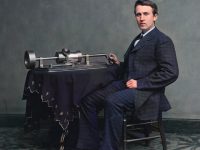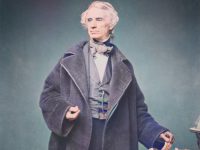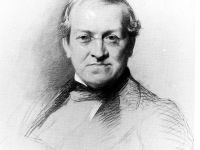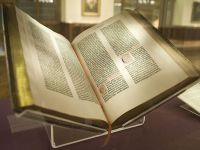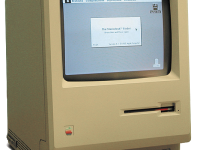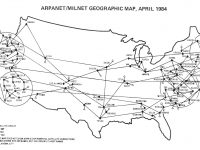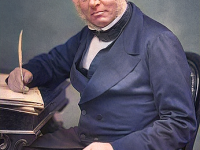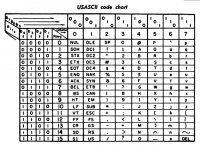Mary Had a Little Lamb – Edison and the Phonograph
On July 18, 1877 Thomas A. Edison conceived the first idea for his phonograph, the very first mechanical tool for recording and reproducing (replaying) sound. The phonograph also was the invention that first gained him public notice. Only a Byproduct Actually, the phonograph was intended as a byproduct of Edison’s efforts to “play back” recorded telegraph messages and to automate speech sounds for transmission by telephone. The recordings of the first phonograph…
Read more

